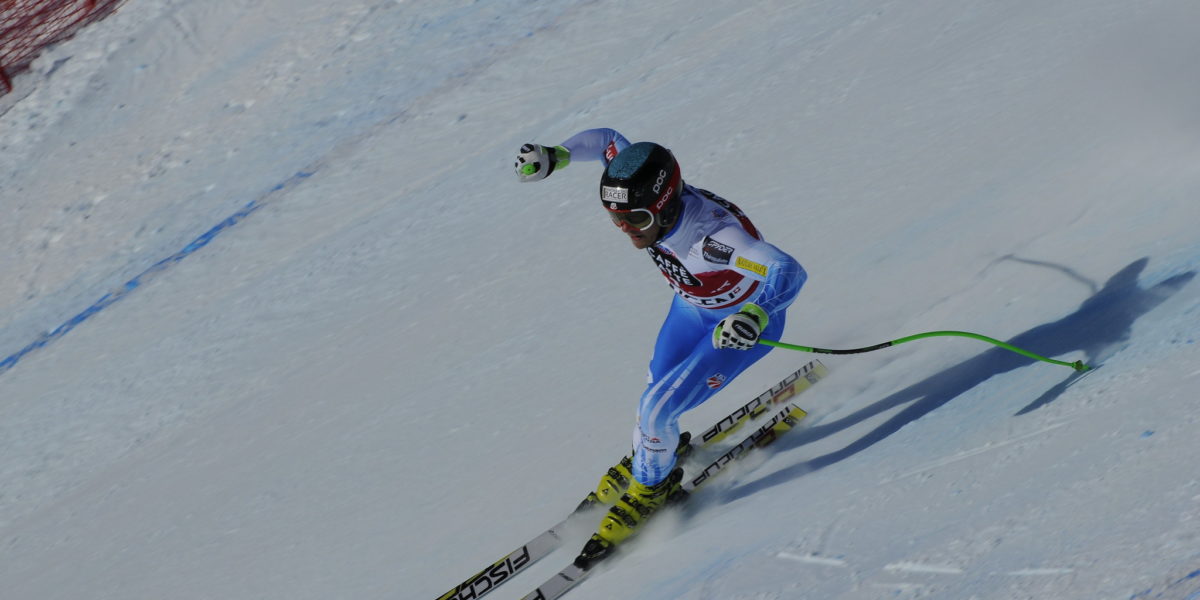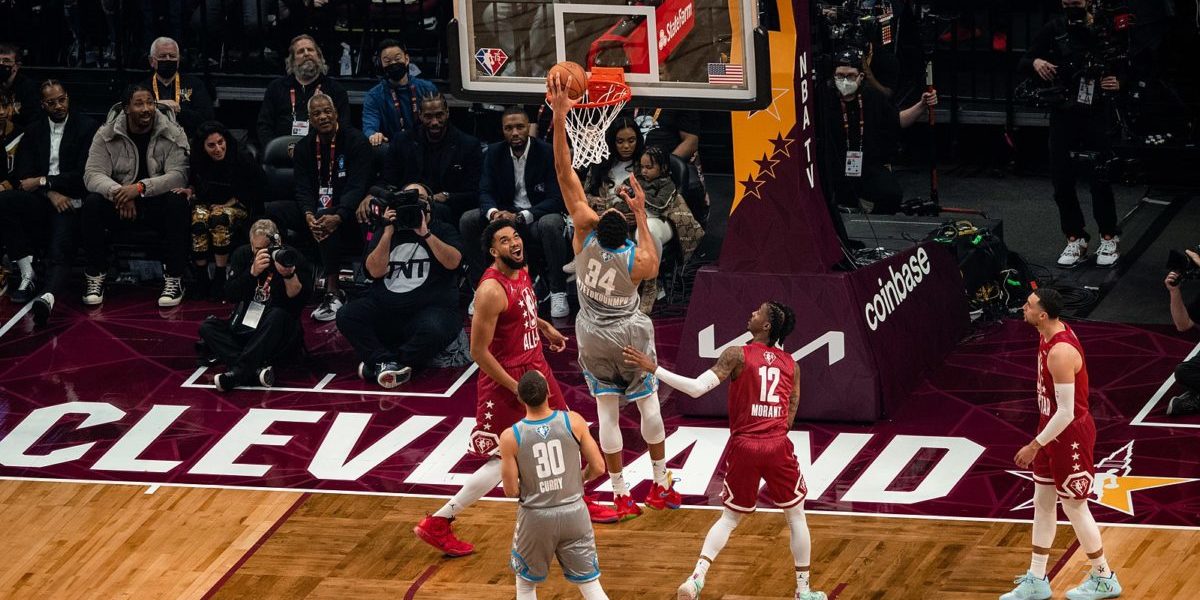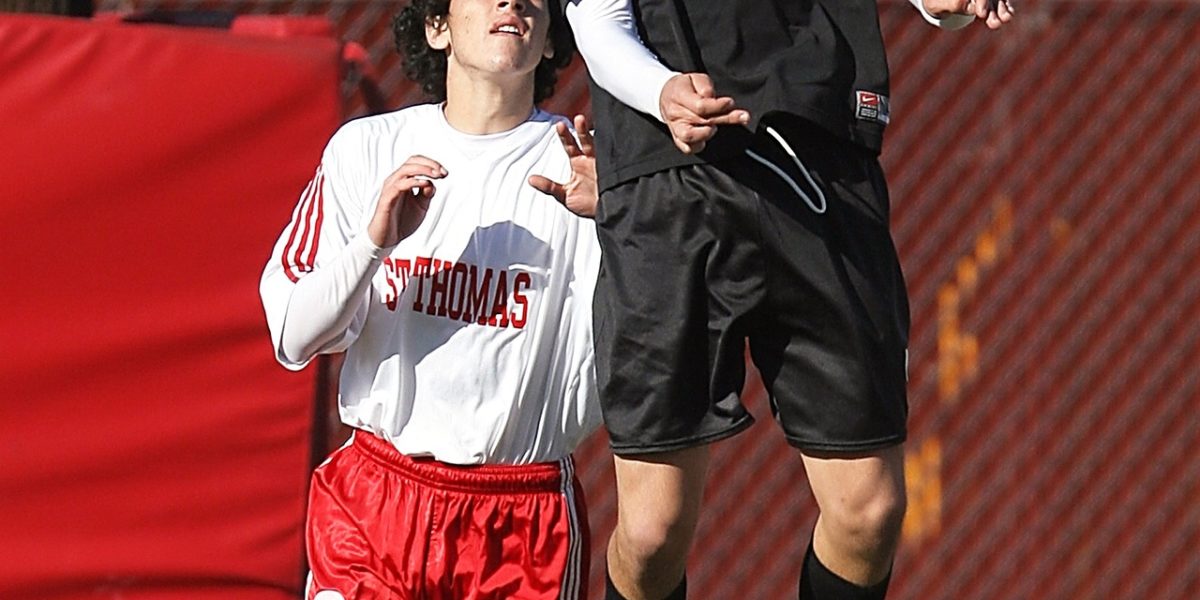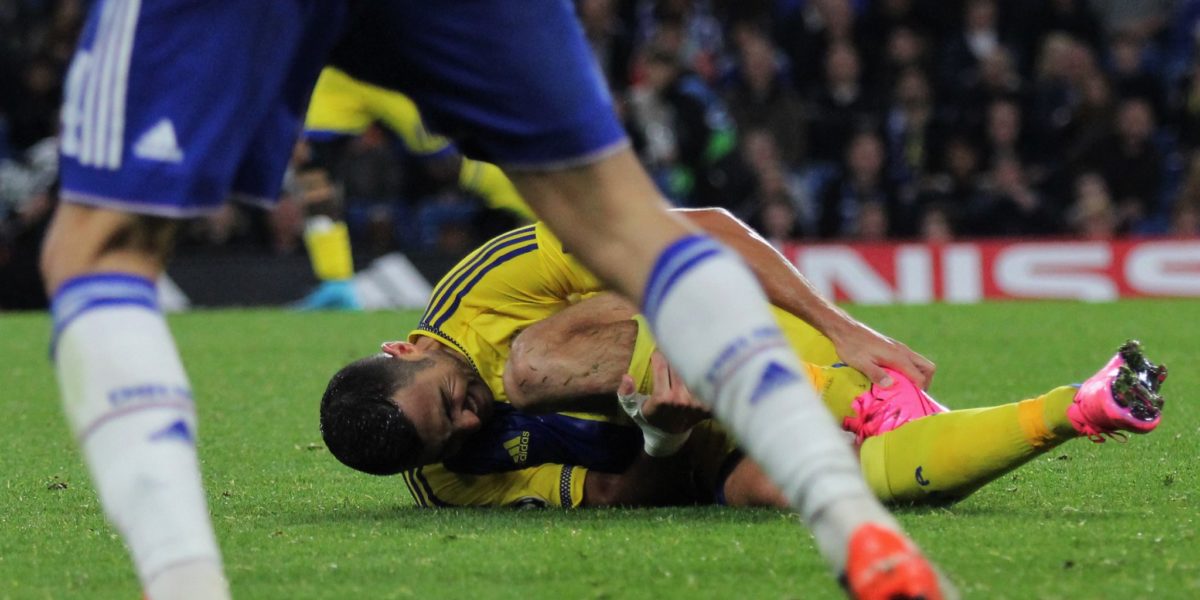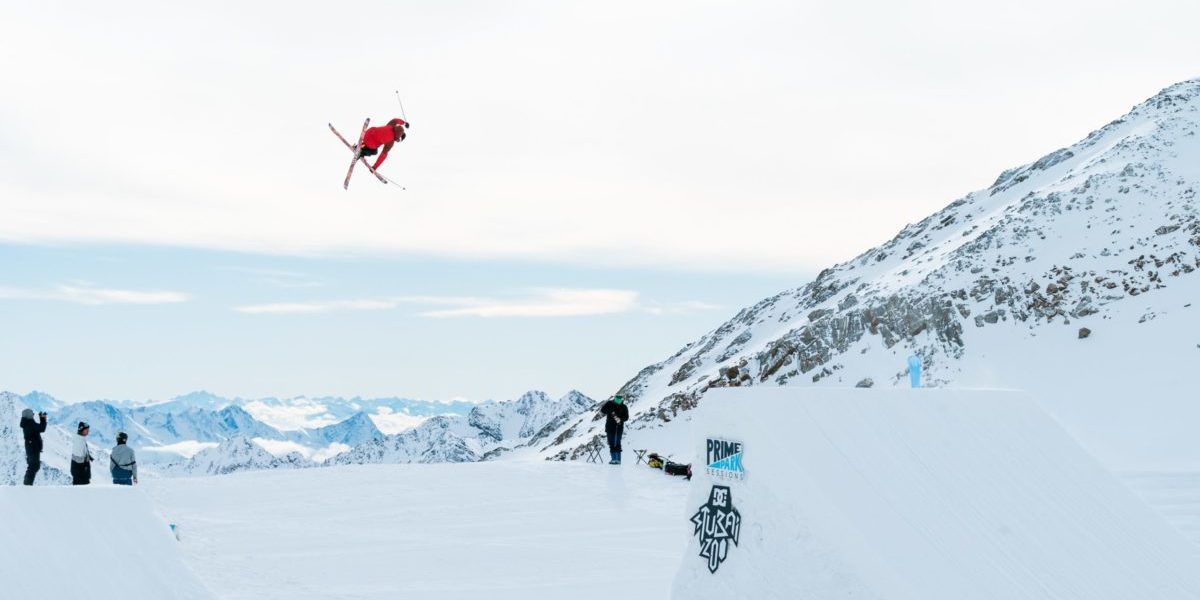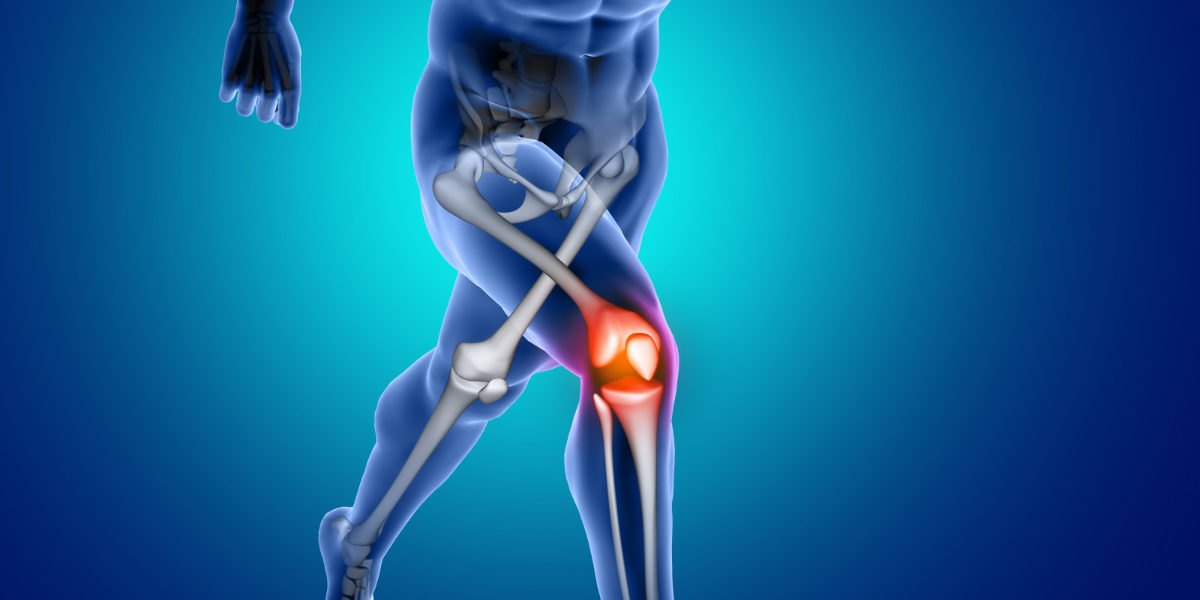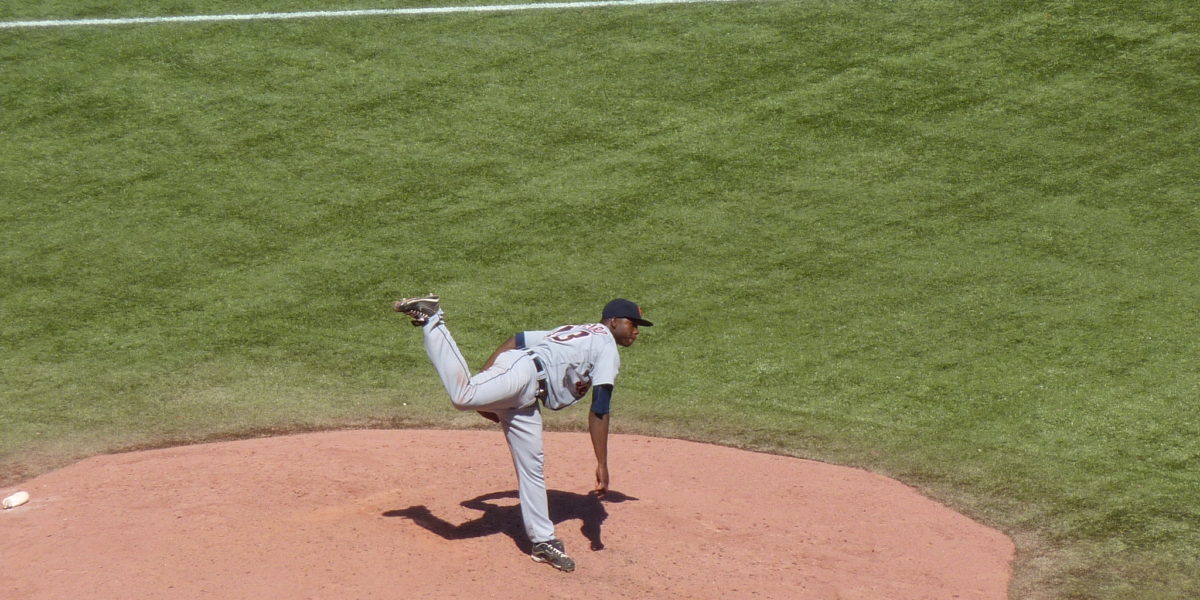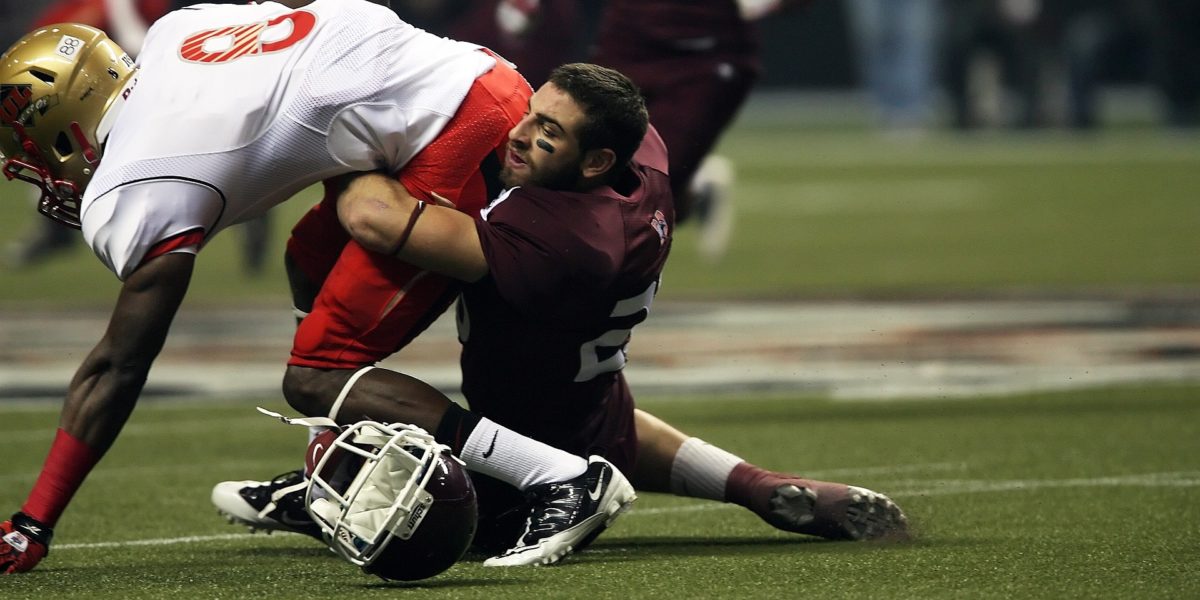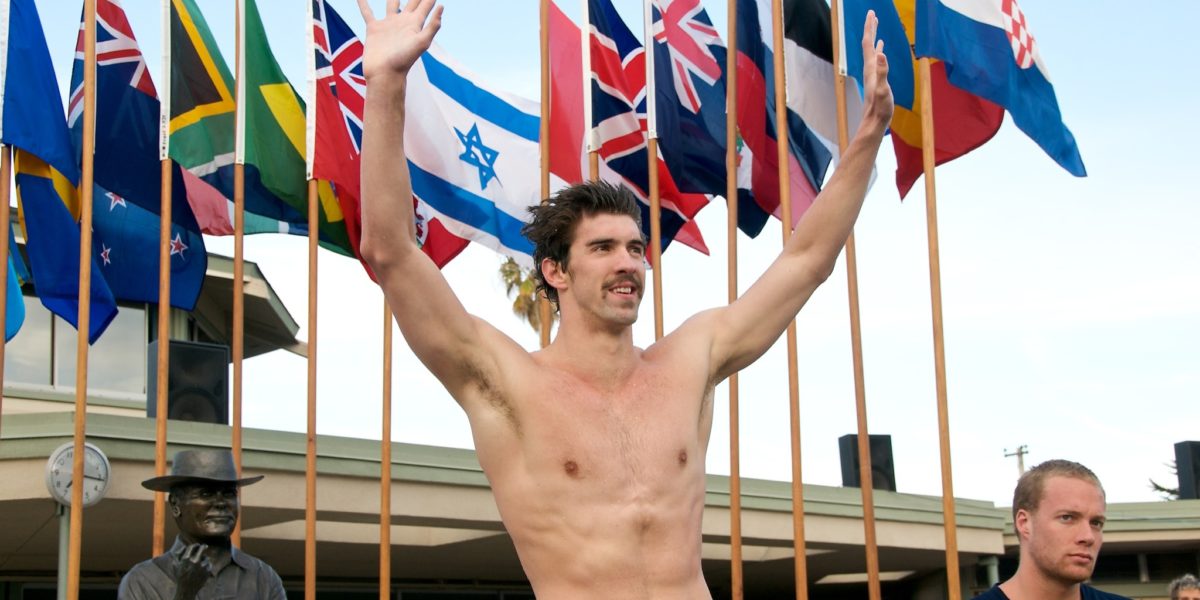Do you ever wonder what differentiates a casual skier from an Olympic level skier? The distinction lies in the immense forces these Olympic skiers’ output as they naturally transition from incredibly high speeds to sharp turns on the icy slopes. The four famous alpine skiing events held at the Winter Olympics are the slalom, giant slalom, downhill, and super-G events. In these events the human body is pushed to its limit with skiers experiencing forces of up to 2000N during turns through closely spaced poles and gates. Which is the equivalent of a 440-pound weight laying on top of you. These forces are integral in achieving faster times, better technique, and winning Olympic gold. How can these forces and techniques be optimized for the best possible ski run?
Continue reading “How to Optimize Biomechanics Forces of Olympic Giant Slalom Skiers”Tag: other sports
Which Body Mechanics Help You Jump Higher?
Vertical jumping is an essential aspect of many sports. In volleyball and basketball, for example, jumping higher than your opponent gives you a significant competitive advantage. Volleyball players need to be able to block and spike, while basketball players need to be able to rebound well and finish tough shots over opponents. Most athletes know the basics of jumping, but few know what specific body mechanisms contribute to jump height. This article will discuss four key elements to vertical jump height:
- Squat depth
- Non-extension movements
- Arm swing
- Toe flexor strength
Understanding the mechanics behind each of these elements can help guide athletes in training regimens to better increase jump height.
Continue reading “Which Body Mechanics Help You Jump Higher?”Why is heading the ball so dangerous for youth soccer players?
I received my first concussion while playing soccer at 15 when I was knocked out by a ball that was “accidentally” punted directly into the side of the head. It seemed to me like this was one of the few, rare ways to get a concussion from the sport – an unlikely occurrence combined with an unusually aggressive impact.
Continue reading “Why is heading the ball so dangerous for youth soccer players?”Oops I Did It Again: The Biomechanics Behind Repetitive Ankle Injuries
Ankle injuries – either sprains or fractures – are one of the most common sports traumas plaguing the US today. Sprains are overextensions or tears in ligaments. Fractures, on the other hand, are broken bones.
Continue reading “Oops I Did It Again: The Biomechanics Behind Repetitive Ankle Injuries”Big Air: The mechanics of SKIERS and snowboarders landing after jumps
Have you ever watched the X-Games or Olympics or any other skiing or snowboarding competition and marveled at the sheer heights that the athletes achieve? Depending on the type of jump the skier goes off, they can reach heights of up to 50 feet off the ground. How exactly do the skiers land what are essentially free falls from such heights? Supposedly “survivable injuries” occur from falling heights above the “critical threshold” of 20-25 feet, so how do these athletes land from heights of up to double this?
Continue reading “Big Air: The mechanics of SKIERS and snowboarders landing after jumps”Tearing and repairing the meniscus
How does someone go from being the youngest NBA MVP one year to barely making headlines the next? Ask Derrick Rose. After being named the youngest MVP in the NBA, Derrick Rose tears his ACL the next year and then tears his right meniscus twice in the span of three years. Knee injuries have not been kind to Derick Rose, but how does one tear their meniscus and how does it get repaired?
Continue reading “Tearing and repairing the meniscus”Biomechanics of Pitching: Pushing Limits on the Shoulder and Elbow
Aroldis Chapman of the New York Yankees holds the Guinness World Record for the fastest recorded baseball pitch at 105.1 MPH; a record that has held for almost a decade. Why has no one been able to top his record? — An answer to this question may be found in the biomechanical limits of the human shoulder and elbow during the throwing motion.
Continue reading “Biomechanics of Pitching: Pushing Limits on the Shoulder and Elbow”The Spinal Fusion that Reignited a Legendary Career
Can you imagine being the best player in the world at a certain sport and one day, aggravating an injury that not only put your athletic career in doubt, but also did not allow you to do normal daily activities? This is the challenge that faced Tiger Woods.
Continue reading “The Spinal Fusion that Reignited a Legendary Career”Concussion Chaos
Traumatic brain injuries (TBI) are injuries to the brain due to some kind of trauma and are more commonly called concussions. All TBI are unique and are not created equally. “Sports Medicine,” “Biomechanics of Concussions,” and “Concussion Connection” shed some light on subject and determine what combination of forces and accelerations tend to cause the most damage to the brain.
Continue reading “Concussion Chaos”What’s more important for athletes: training or genetics?
Usain Bolt, Michael Jordan, and Wayne Gretzky are arguably some of the greatest athletes of all time. You watch them on the television breaking record, winning titles or making impossible shots, and you can’t help to wonder, how are they that good? Do they use some secret training method, maybe even a special diet? Possibly, they are genetically gifted?
Continue reading “What’s more important for athletes: training or genetics?”